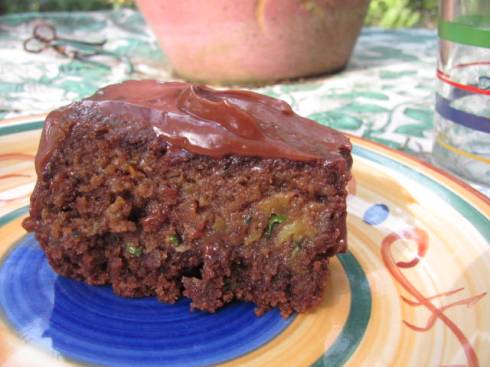What Is The Long and Short Of It?
The short Of It
1 large brown onion – roughly chopped
4 cloves of garlic, finely sliced
A good glug of Olive oil
4 bulbs of fennel
2 handfuls of grated Parmesan
100 gm of butter
100 gm of flour 800 ml of milk
Nutmeg (freshly grated please)
A few peppercorns and a bay leaf
Salt
Rosemary, finely chopped
Splash of white wine if you have some hanging around
Put the onion and garlic and finely chopped rosemary in a large frypan with the olive oil. Turn the heat onto low and cook for 6 minutes, stirring occasionaly, not allowing any color.
Meanwhile cut the fennel bulb into long wedges and put aside the frilly leaves for later. After your onion and garlic is fragrant and translucent add the fennel wedges. Stir to coat with onioney oil. Add a pinch of salt. Splash in about 1/4 cup of water or white wine if you happen to have some and turn the heat to the lowest it will go, cover with a fitting lid and allow to infuse with flavor and soften. After 10 minutes turn off heat but leave the lid on. The fennel will go right ahead and get more tender as it sits in its owner little sauna.
For the bechemel sauce; (don’t be intimidated: its just a white sauce)
Put a pot on the stove with the milk, a bay leaf, a few pepper corns and any tough trimmings from the fennel and onion. Bring to almost boiling. Turn off and strain.
Melt butter over a low heat till liquid. Bung in the flour, all in one go – Bam! Whisk till smooth. Whisk slowly for 1 minute, allowing flour to cook a little. Add a ladle of milk. Be careful, it may hiss at you. Whisk till smooth. Repeat a ladlefull at a time until all the milk is added. Cook 5 minutes, whisking gently. Add half the grated parmesan, a good grating of nutmeg and adjust the salt as necessary. Tada! Bechemel…
Mix Fennel and all its juices into the bechemel and pour into a baking dish with a lid. Failing that, some foil. Sprinkle with other parmesan and bake at 160 about 40 minutes. Finely Chop fennel leaves (or snip with scissors) and garnish just before serving. Devour.
The Long Of It
Fennel is one of my favorite vegetables, and a poor misunderstood little lady she is.
Sure if you chew on a large hunk you may find it to taste far too aniseedy for your liking, but dont be dissauded. Slice it thinly and dress it with a little olive oil and lemon juice.
Cook it slowly with your onion and garlic to add extra flavor to the base of your soup.
Buy a nice small one and cut little chunks for a perfect addition to your cheese fondue.. What you dont make fondue? Ill show you how soon!
Bake fennel slowly for a sweet caramelized vegetable similar to whole baked onions. The limits are endless and I encourage you to start buying these pale green beauties and give them a go.
This dish is a great way to start. As the title suggests its meltingly tender, rich and creamy like the best kind of potato bake. The fennel has a wonderful sublte flavor, a hint of aniseed, so fleeting you may not even place it. If fennel happens to be a little pricey when you make this dish you can (and I often do) replace half the fennel with chunks of potato. I served this dish most recently to three Italians and two americans who am am staying with in Sicily and it was one of those moments where two bites in everyone was insisting on the recipe and buy the end Peter and Dylis, who grow vegetable on their farm, had decided that growing fennel was an idea worth persuing. It works beautifully as a side dish and is wonderfully warm on those chilly windswept days. Enjoy.















